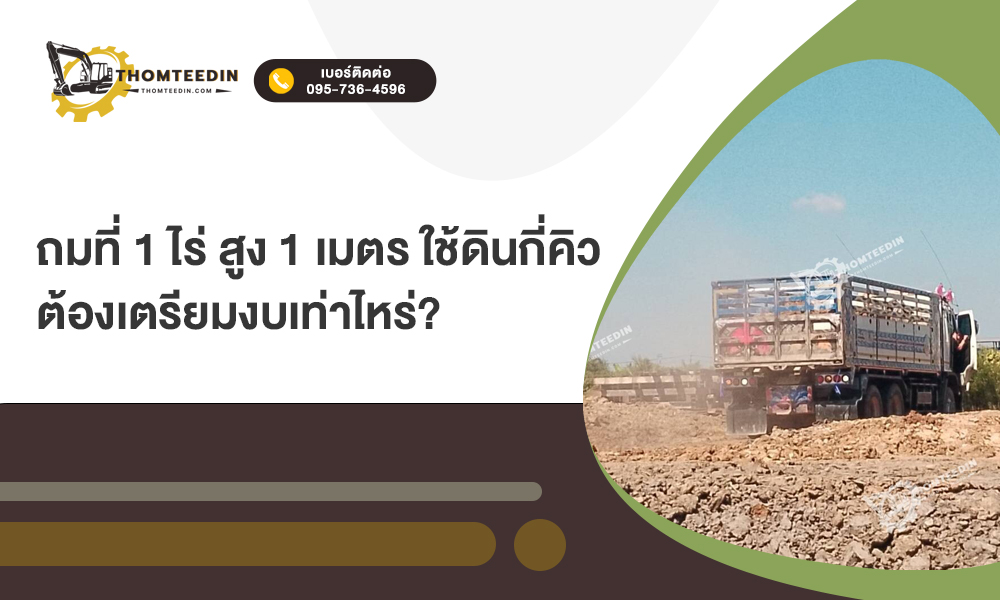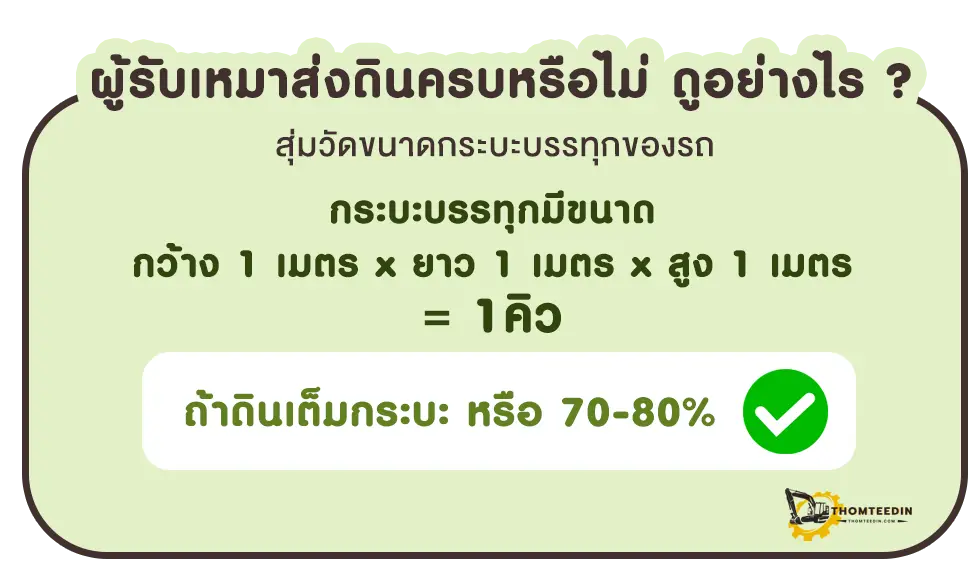Understanding the Cost of Land Filling for 1 Rai: A Comprehensive Guide
Understanding the Cost of Land Filling for 1 Rai: A Comprehensive Guide
Blog Article
Land Filling Cost 1 Rai (ค่าถมที่ดิน 1 ไร่)step in enhancing the value and usability of a property, and filling the land is an essential component of the process. If you are dealing with a piece of land, particularly areas that have poor drainage or uneven terrain, knowing the costs of filling land is crucial to budget planning and efficient project management. This guide provides a comprehensive review of the expenses related to land filling for a plot measuring 1 rai, a common measurement in Thailand roughly equivalent up to 1600 square meters.

Factors Influencing Land Filling Costs
Site Assessment and Preparation Before filling can begin an extensive site assessment is essential. This includes evaluating the present land condition, determining soil stability, and identifying potential environmental concerns. Costs for site evaluation can differ in price, typically ranging from $500 to $2,000, depending on the difficulty of the terrain as well as the level of detail required.
Material Costs: The form and amount of material needed for land filling significantly impact the total cost. The most common materials are soil, gravel, sand, or a combination of these. The price of these materials can vary based on quality, availability, and transport. The cost of materials might be between $10 and $30 per cubic meter. For a 1 rai plot dependent on the depth of filling needed it could require between 1,000 and 2,500 cubic metres of materials leading to a total material cost of approximately $10,000 to $75,000.
Equipment and Labor: The cost of labor and the equipment needed for filling land can be substantial. This can include hiring skilled workers as well as renting equipment like bulldozers, excavators, and compaction equipment. The cost of labor typically ranges between $15 and $50 per hour per worker, while equipment rental can cost between $100 to $500 per day, depending on the equipment and rental time. For a project of this size, labor and equipment costs may total $5,000 to $20,000.
Quality Control and Compaction: Proper compaction is crucial for maintaining the stability and longevity of the filled land. Compaction is the process of using machinery to reduce the fill material which requires additional time and money. Measures to ensure quality control, such as testing the compaction as well as assessing the strength of the fill, add to the cost. Expect to allocate $2,000 to $5,000 for compaction and quality control.
Environment and Permits: Depending on the location and local laws, permits could be required for land filling projects. Permit fees can vary widely, from a few hundred dollars to several thousand dollars. Additionally, if the project impacts local ecosystems or needs special garbage disposal methods, additional expenses may be incurred.
The total cost of filling a 1 rai plot can vary from $18,000 up to $105,000, based on a variety of factors, including the cost of materials, the depth of filling and local regulations.

Conclusion
Knowing the costs of filling a one rai plot involves evaluating multiple factors, including site preparation, material expenses as well as labor costs, along with other aspects like permits and environmental impact. When you carefully evaluate these aspects property owners can better plan their budget and ensure an efficient land filling process which increases the value and usability of their land. Report this page